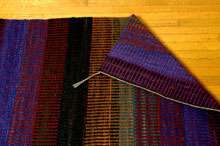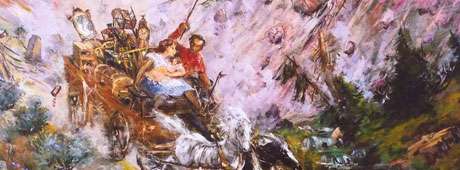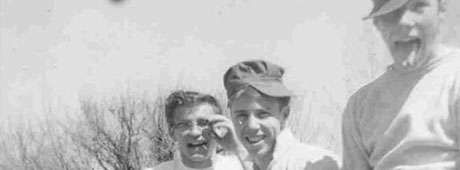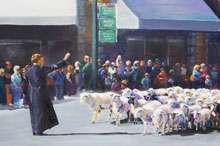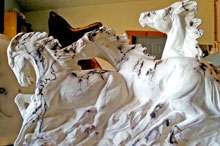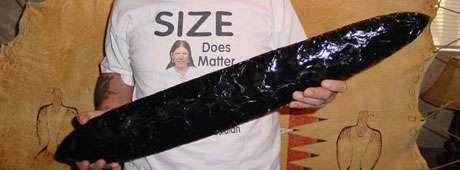From the age of nine, I felt a compulsion to learn the secrets of how ancient flint and obsidian-flaked artifacts were fashioned by Stone Age craftsmen. This passion was sparked through the influence of my father, an avid outdoorsman who knew a bit about the ancient craft called flintknapping. He made and used small knives and arrow points of obsidian, or volcanic glass, to shoot and skin deer and smaller game. I learned from him how to make arrowheads, spearheads, and knives, sometimes of flint, but most often from obsidian. Later, I crafted more elaborate tools, such as large ceremonial blades and the rare fluted “paleo” points used by the first Americans for hunting big game, including the woolly mammoth and huge early bison. In college, I focused on stone tool technology while earning a bachelor’s degree in archaeology.
My obsidian and flint knives were put to a tough test in 2013, when my friend John Peri and Coeur d’Alene flintknapper and hunter Keith McMahan set up an experiment with a rancher to use the tools for butchering bison. My knives worked very well for skinning and butchering the animals, and after the experiment the implements were mailed to a laboratory for analysis and comparison to ancient artifacts. Microanalysis of striation on the blades of my replica knives showed wear similar to that of many knives excavated from Stone Age butchering sites. Continue reading →
This content is available for purchase. Please select from available options.
Purchase Only